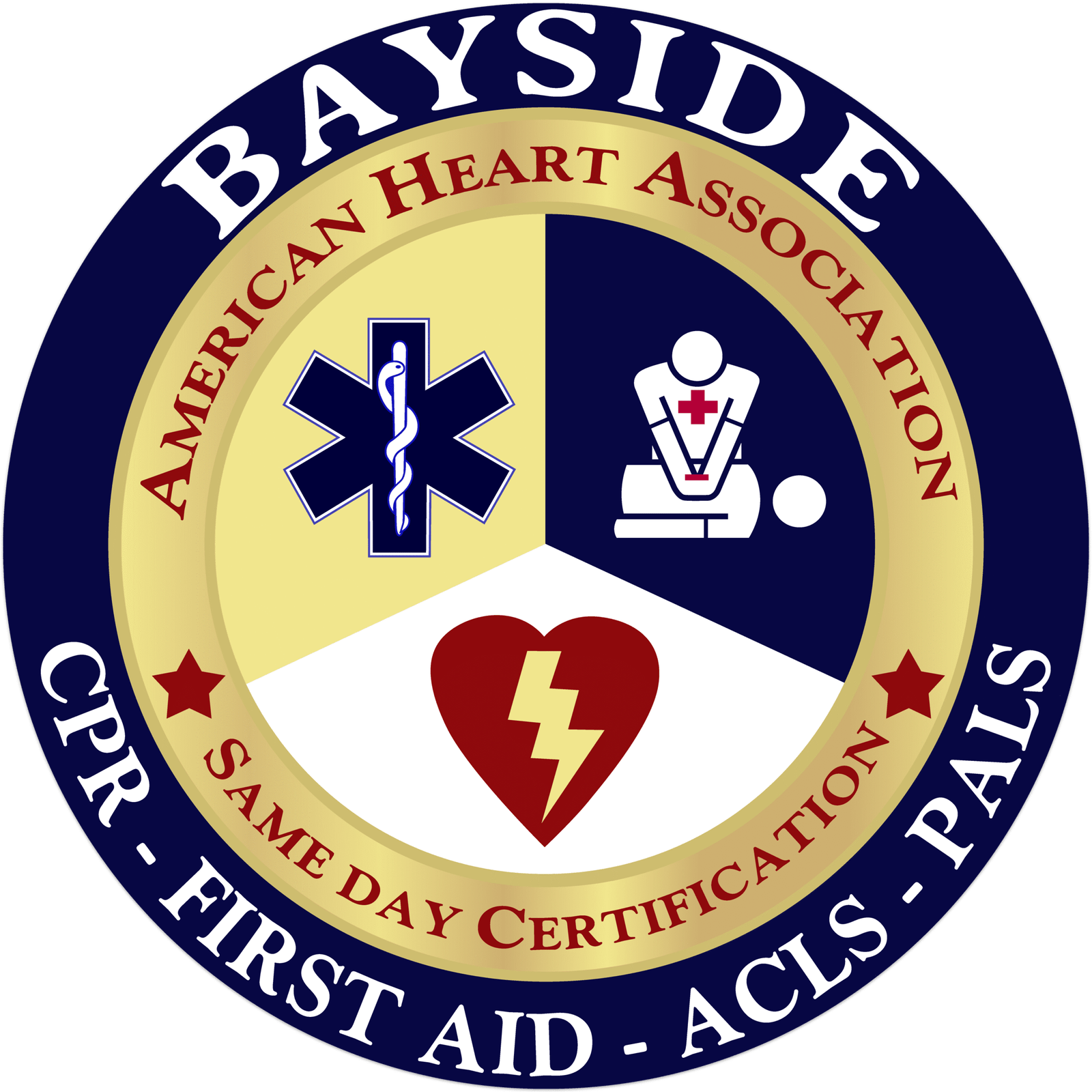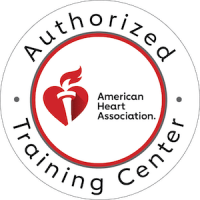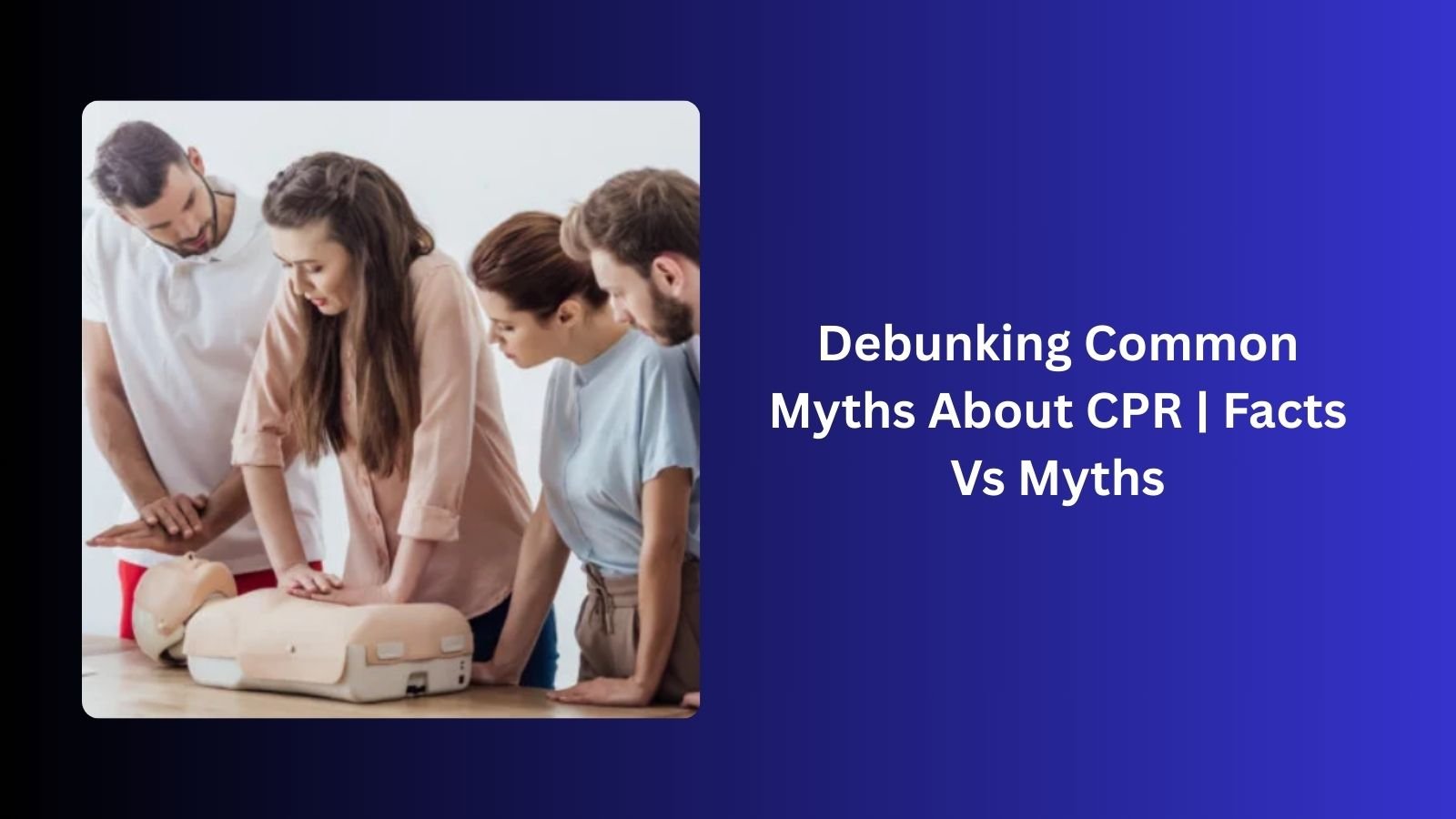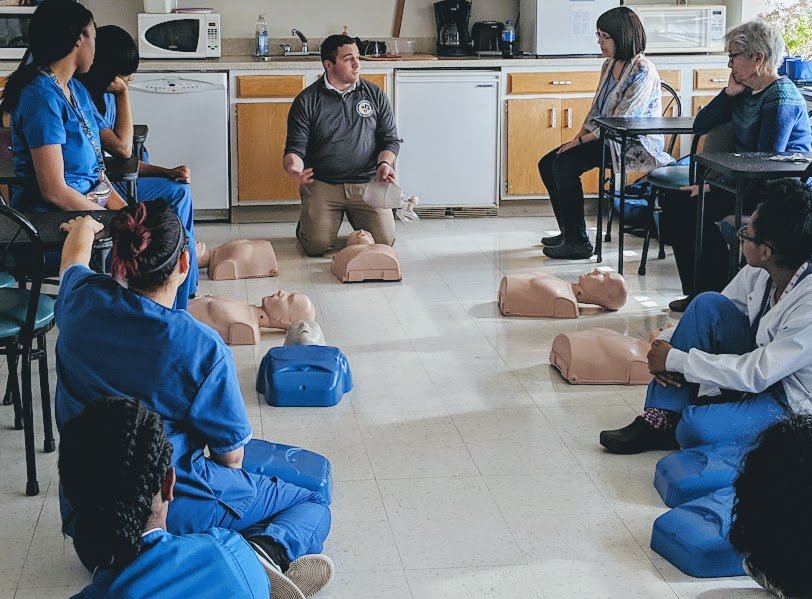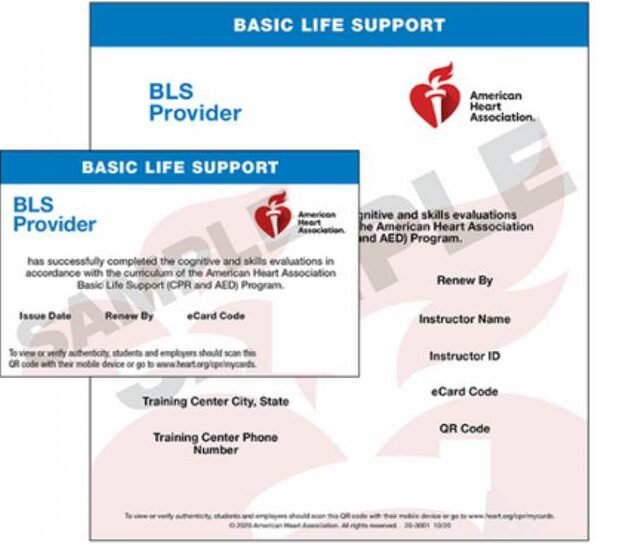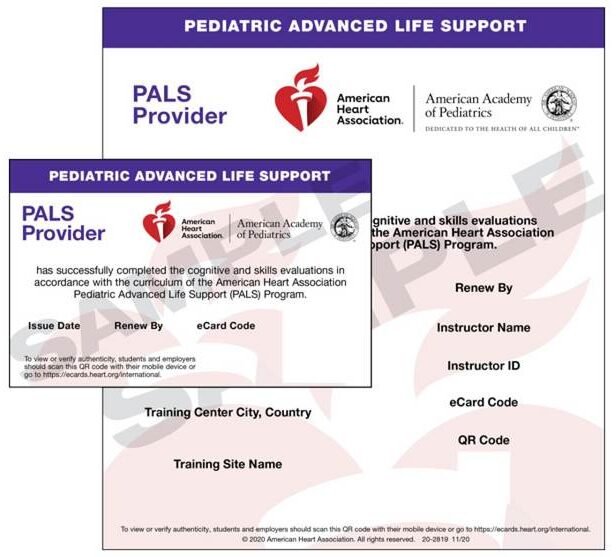CPR, or Cardiopulmonary Resuscitation, is a basic life-saving skill applied to anyone who collapses and the heart suddenly stops beating. This condition is called cardiac arrest. It involves pressing hard and fast on the chest to keep blood and oxygen flowing to the brain and other vital organs, sometimes involving rescue breaths to help continue breathing. When you respond to such an emergency with immediate CPR, you can actually make the difference between life and death.
But where does the problem lie? Despite how important it is, why do people still hesitate or avoid doing CPR even at such a crucial time?
The reason is the hesitation that comes from a mix of fear, misinformation, and lack of confidence. Many bystanders worry about doing something wrong, causing harm, or facing legal consequences. Others believe that CPR should only be done by trained professionals, or they’re unsure whether the person truly needs it. In some cases, myths about mouth-to-mouth resuscitation, the fear of disease transmission, or simply not recognizing cardiac arrest can cause critical delays.
Even among trained individuals, outdated beliefs or uncertainty about current guidelines can lead to hesitation.
That’s why it’s so important to address these myths once and for all, not just to improve knowledge, but to build the confidence to act. When someone collapses, doing something is almost always better than doing nothing. The more we understand the truth about CPR, the more likely we are to take action when it matters the most. Let’s debunk the most common myths about CPR so you can feel confident and ready to step in. No confusion, no myths, just clear, life-saving knowledge.
Myth 1: Only Professionals Should Perform CPR
Fact: Anyone can perform CPR
Sudden cardiac arrest (SCA) can happen anywhere, in a mall, at home, or on the street. In most cases, bystanders are the only immediate help available. You don’t need a medical degree to save a life.
Myth 2: CPR Always Saves the Victim
Fact: CPR doesn’t guarantee survival, but it can make a big difference.
When started quickly, CPR can double or even triple a person’s chances of surviving cardiac arrest. It keeps blood and oxygen flowing to the brain and other vital organs until medical help arrives. The outcome depends on many factors, like how fast we begin CPR or access to an AED, the person’s overall health, and the cause of the cardiac arrest. Though it may not be a success every time, it always gives the person an increased chance of survival.
Myth 3: You Can Hurt Someone by Doing CPR
Fact: Cracked ribs are possible, but saving a life is the priority
Indeed, chest compressions can sometimes cause rib fractures or bruising, but that’s a small risk compared to the life-threatening risk from not performing CPR at that moment. Broken ribs can heal with treatment later on, but what if the person is no more, if you don’t act with CPR right away?
Myth 4: Mouth-to-Mouth Resuscitation is Always Required
Fact: Hands-Only CPR is effective for most adult victims
The American Heart Association (AHA) recommends Hands-Only CPR for adults who suddenly collapse, especially in public settings. Providing compressions helps to keep blood circulation in process, keeping the person alive till emergency medical service arrives.
Myth 5: CPR is Only for Heart Attack Victims
Fact: CPR is crucial for anyone experiencing cardiac arrest, which can happen as a result of a heart attack.
A heart attack and sudden cardiac arrest are different conditions. We need to clearly differentiate the signs and symptoms of a heart attack and cardiac arrest. CPR is only recommended when the person is unresponsive and not breathing normally, which signals cardiac arrest. In that case, it is the life-saving step to perform CPR immediately.
Myth 6: You can be sued for performing CPR incorrectly
Fact: You are protected by Good Samaritan laws when you try to help someone in an emergency.
There are laws designed to protect bystanders who act in good faith, even if they’re not medical experts. As long as you’re not being reckless or intentionally causing harm, you’re very unlikely to be sued for trying to give CPR, even if it’s not perfect. The law understands that doing something is better than doing nothing, and it encourages people to take action without fear of legal trouble.
Myth 7: Children and Adults Receive the Same CPR Technique
Fact: CPR steps are similar, but the technique changes depending on the person’s age.
The purpose of CPR is the same for everyone, which is to keep blood and oxygen flowing, but the technique is slightly different for adults, children, and infants. For adults, you use two hands to give deep chest compressions. For children, you usually use one hand, and for infants, just two fingers. The depth and force of compressions are adjusted based on the person’s size and age. Knowing these differences helps ensure CPR is safe and effective for all ages.
Myth 8: You Need Special Equipment to Start CPR
Fact: All you need to start CPR are your hands to perform chest compressions and a phone to call for help.
AEDs (Automated External Defibrillators) and barrier masks can improve the effectiveness of CPR, but you don’t need them to start CPR. Even if CPR isn’t perfect, it can still help keep blood and oxygen flowing to the brain and organs. Bystander CPR can double or triple a person’s chance of survival. Most people who go into cardiac arrest won’t survive without immediate help, so taking action, even if you’re unsure, can make a life-saving difference.
Awareness Related to CPR
Raising awareness about CPR is key to saving more lives. The more people who know how to recognize cardiac arrest and perform CPR, the higher the survival rates in OHCA cases. Here are the main reasons why CPR awareness matters.
1. Cardiac arrest can occur suddenly and anywhere:
Cardiac arrest occurs without warning, whether at home, at work, or in public places like parks or shopping centers. Having CPR skills means you can provide immediate help during those critical first minutes, which are crucial for survival.
2. Immediate CPR and defibrillation significantly improve survival chances:
When bystanders quickly start CPR and use an AED, survival rates can increase two to three times. Early intervention helps continue blood flow to the brain and vital organs, which keeps a person alive until professional help arrives.
3. Fear and misinformation prevent many people from helping:
Common myths about CPR, such as causing harm, legal issues, special equipment requirements, or the need to be trained, stop people from taking initiative. Awareness campaigns and education help to clear out these fears, encouraging people to act with confidence.
4. Community-based CPR training strengthens public safety:
Schools, workplaces, community centers, and local organizations that offer CPR courses create a network of prepared individuals. This collective readiness means more potential lifesavers are available when emergencies occur.
5. You can save a life:
You don’t need to be a healthcare professional to make a difference. CPR knowledge and willingness to act are often all it takes to turn a tragic situation into a survival story.
Final Thoughts: CPR Myths Can Cost Lives
Cardiac arrest is a critical emergency where every second counts. The faster CPR begins, the better the chances of survival. Whether you’re a bystander or a healthcare professional, understanding the truth behind CPR myths gives you the confidence to act quickly and save lives. Remember, hesitation or fear caused by misinformation can delay help and cost precious lives.
You can also consider joining hands-on CPR training sessions, which provide practical experience along with essential knowledge. Bayside CPR & AED Training Center provides various emergency healthcare training courses designed to equip you with the skills and confidence needed to respond effectively in critical situations.
